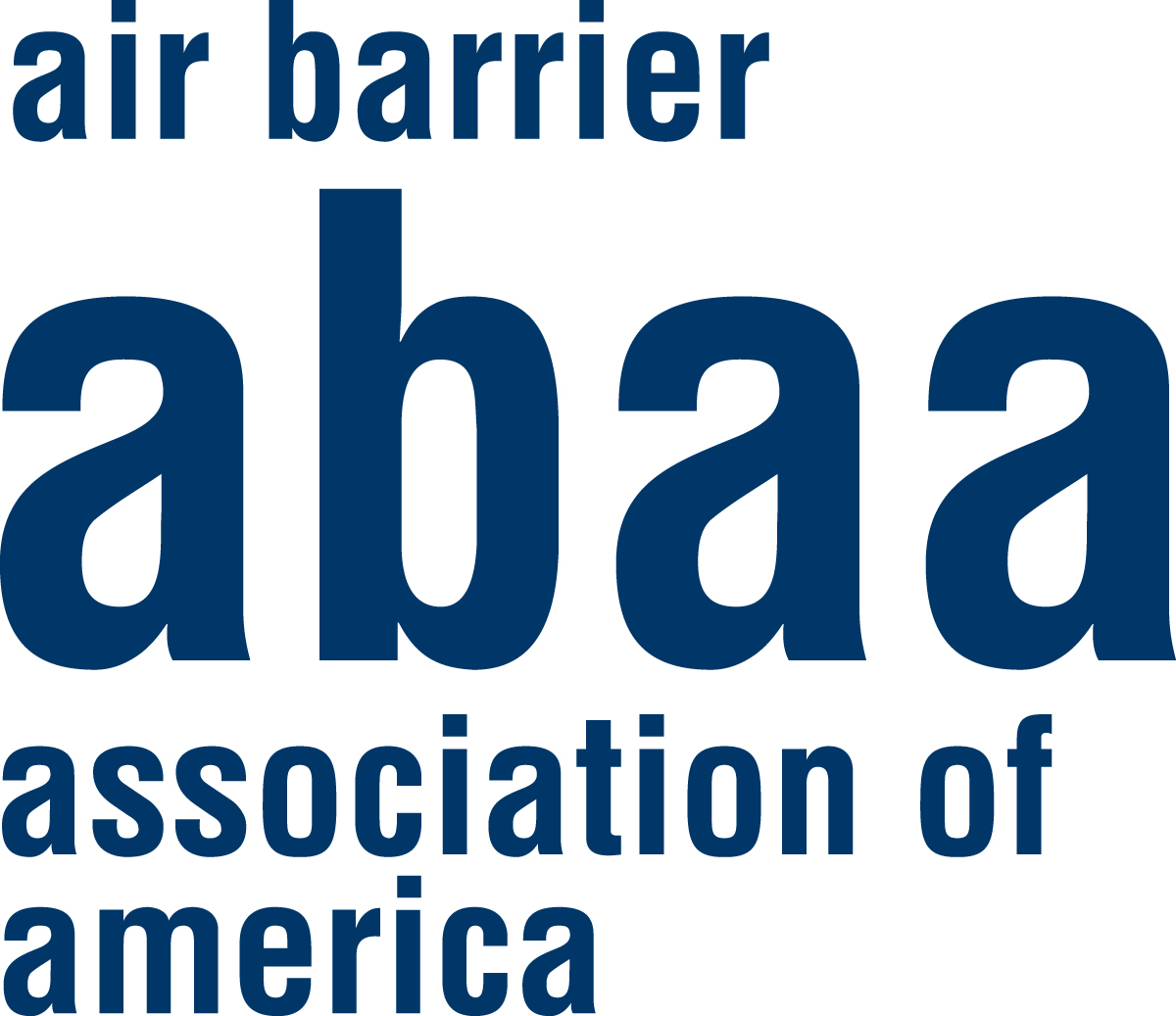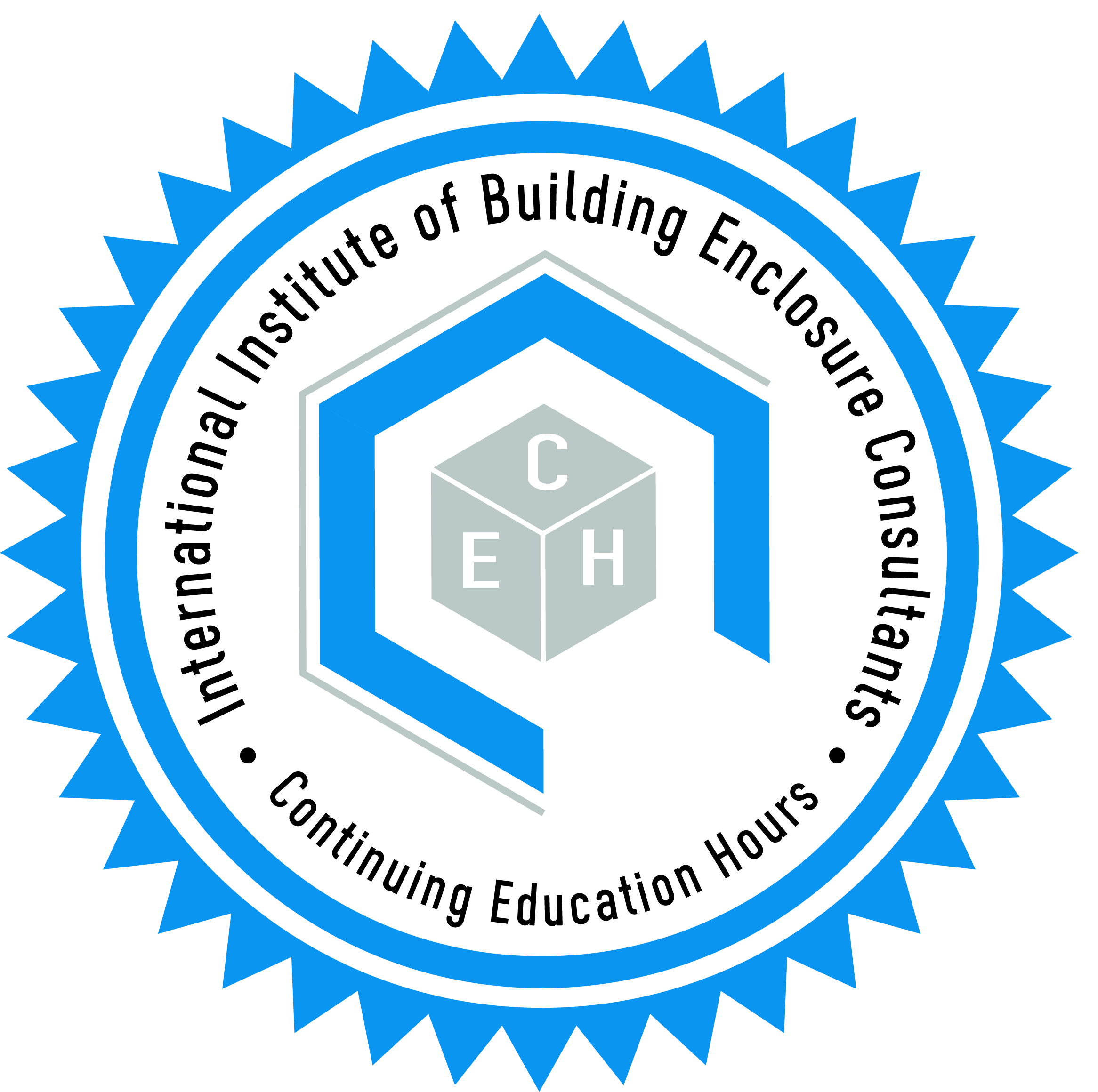New Standards and Tools to Update Your Air Barrier Specifications
Sponsored by Air Barrier Association of America | Presented by Ryan Dalgleish
Webinar On-Demand
The presentation will review some of the tools available in regards to specifying different levels of building airtightness above code-mandated minimums. These tools help assess the energy reduction from base levels of building airtightness and the corresponding financial savings, along with quantification of the impacts airtightness has on moisture movement transported by air leakage.
A look into changes to building codes and whole building airtightness test methods, with new test methods and standards to update your specifications, along with information on the ABAA quality assurance program, how to specify the program properly and exactly what the program entails.

Photo courtesy of the Air Barrier Association of America

|
Ryan Dalgleish, has been involved in the building enclosure and building performance areas of construction in both the commercial and residential sectors for over 20 years. He acts in the position of Chief Operating Officer for the Air Barrier Association of America. Ryan is a certified Net Zero building instructor, teaches master builder courses to builders across the country and is a frequent speaker at various technical presentations dealing with the building enclosure to various building official associations, city departments, building enclosure councils and chapters of the American Institute of Architects, Construction Specifications Institute and a number of local home builder associations. |
The Air Barrier Association of America (ABAA) is a national, not-for-profit trade association comprising a broad cross section of stakeholders in the building enclosure industry. Their membership, which is over 650 member companies, includes manufacturers, architects, engineers, trade contractors, researchers, testing & audit agencies, consultants and building owners. ABAA is the national voice of the air barrier industry and the number one resource for anything to do with air and moisture barriers.
Originally published in National Driller
Originally published in September 2022
LEARNING OBJECTIVES
- Through a review of the air barrier calculator, determine the energy and financial savings obtained by higher level of airtightness and how it impacts the project specifications.
- Define new test standards for whole building airtightness testing, adhesion testing and other performance test methods for air barrier materials.
- Define requirements for quality assurance and control and typical downfalls of specification language, along with steps that can be taken to improve installation of the air/water resistive barrier.
- Outline new tools that can be used to benchmark construction details and specifications.









